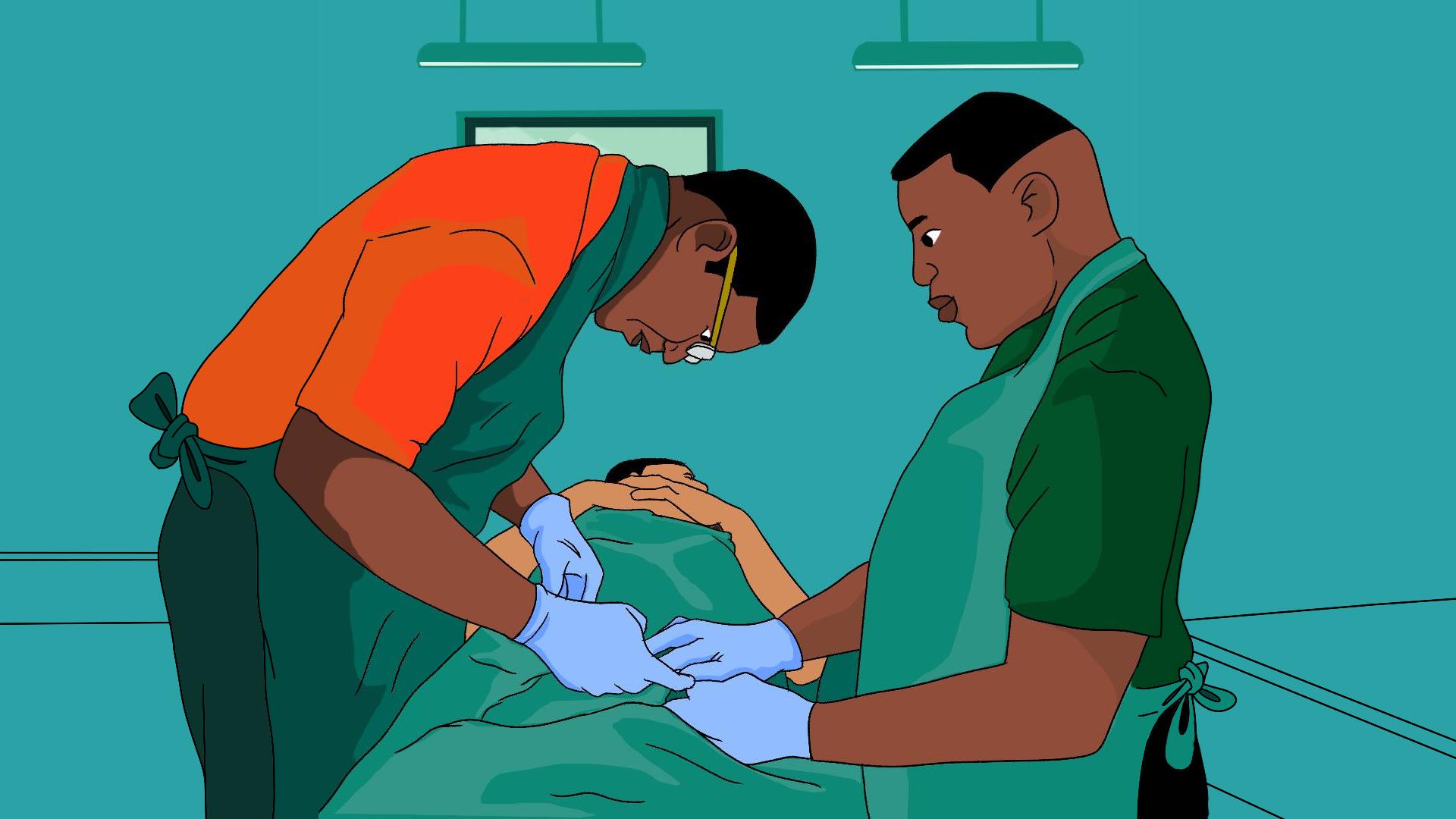🎧 Listen to: Male Circumcision (s)

Male Circumcision
What is male circumcision?
Circumcision is the removal of the foreskin, the loose skin covering the tip of the penis. In Africa, this practice goes beyond health; for many communities, it is a cultural tradition and a symbol of manhood. Some still rely on traditional circumcisers (like the “wanzam” in Ghana), while others prefer hospitals for a safer procedure.
Why do people get circumcised?
Men get circumcised for different reasons, including:
- Cultural & religious beliefs: Practiced in many African societies and required in Islam and Judaism.
- Health benefits: Reduces infections and certain diseases.
- Hygiene: Easier to clean, preventing odor and infections.
- Personal choice: Some men or parents opt for it for comfort or appearance.
Health benefits of circumcision?
- Lower risk of urinary tract infections (UTIs) in babies.
- Reduced risk of sexually transmitted infections (STIs), including HIV.
- Prevention of foreskin-related issues like swelling, tight foreskin, or infections.
- Decreased risk of penile cancer (though rare).
Are there any risks?
Like any medical procedure, circumcision has risks, though they’re uncommon:
- Pain & discomfort (but numbing medicine helps!).
- Bleeding or infection if not done properly.
- Scarring or too much/little skin removed.
How is circumcision done?
- The area is cleaned and numbed.
- The foreskin is removed using a surgical tool.
- Healing takes 7-10 days (longer for adults, who should avoid sex during recovery!).
Final thoughts: To cut or not to cut?
Circumcision is a personal choice, but knowing the health benefits and risks helps make an informed decision. Whether for tradition, religion, or health, make sure it’s done safely!
